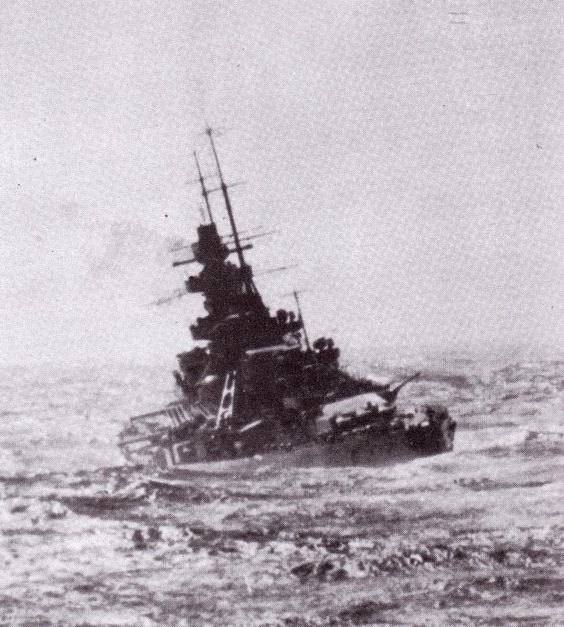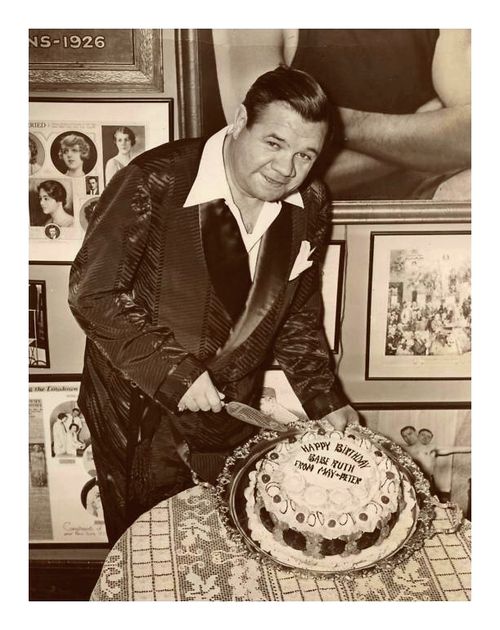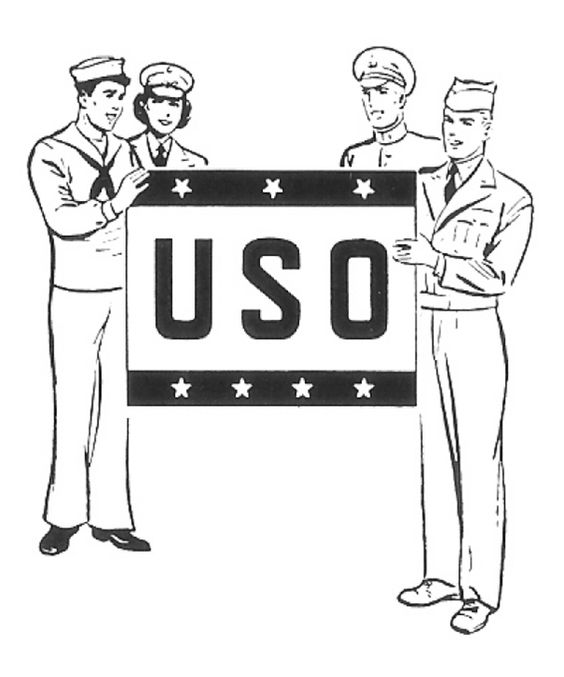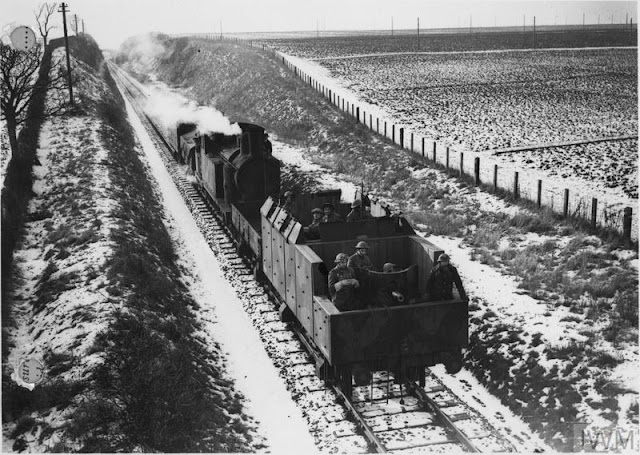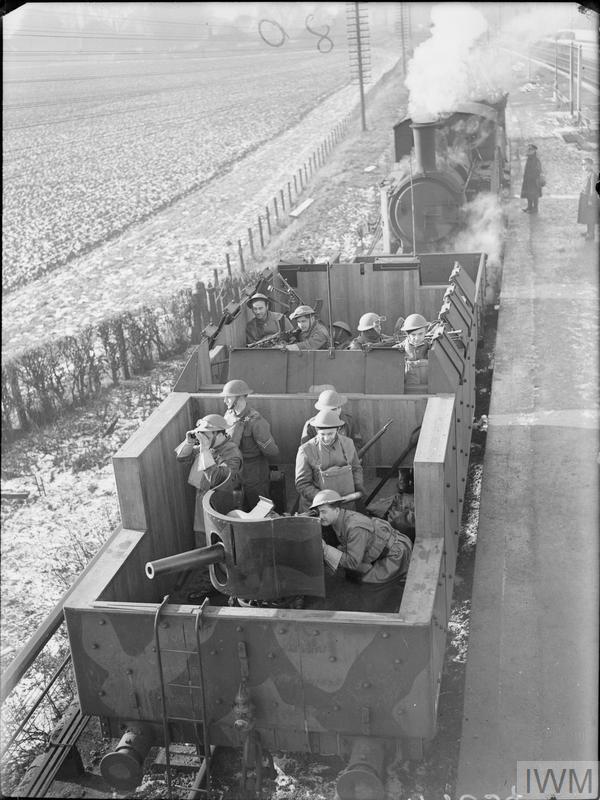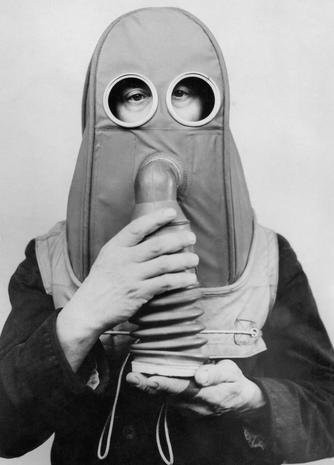Thursday 6 March 1941
 |
| German heavy cruiser Scharnhorst on 6 March 1941. This photo was taken by a crewman on U-124 near the Cape Verde Islands (Scharnhorst-class.dk). |
The Italians are preparing their own offensive in the area within a few days. Mussolini is in Albania to oversee the preparations and watch the start. This offensive is extremely important to Mussolini because he wants to prove that his troops can succeed against the Greeks before the Wehrmacht invasion scheduled for April.
British Prime Minister Winston Churchill sends a message to Foreign Secretary Anthony Eden in Athens. Churchill believes that defeat in Greece may be inevitable without intercession by Turkey or Yugoslavia. Eden replies that everyone in Athens feels that the British expedition to Greece, Operation Lustre, was "the right decision." Eden, CIGS John Dill, and General Wavell all return to Cairo today, where they confer with South African leader Jan Smuts.
Convoys for Operation Lustre, the British expedition to Greece, are in full swing. Royal Navy cruisers HMS York, Gloucester, and Bonaventure depart from Alexandria for Piraeus loaded with troops. Two freighters also leave the port carrying tanks and other equipment. This is the general pattern for all convoys to Piraeus, troops carried on fast cruisers and freight carried on slower and more vulnerable cargo vessels.
The Greeks are looking over their shoulders toward the Bulgarian front. Commander-in-chief Papagos prepares contingency plans for the event of a German invasion from that direction.
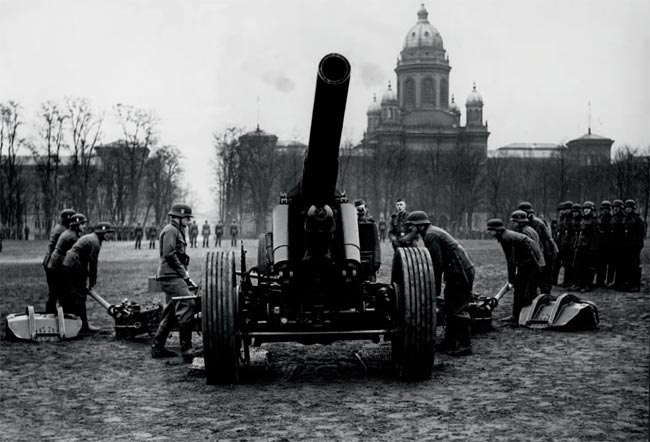 |
| The SS Artillery Division on the parade grounds of the Hauptkadettenanstalt (Cadet's Institute) in Lichterfelde, Berlin, 6 March 1941. |
European Air Operations: The Luftwaffe continues its pattern of sending lone raiders over the Channel during the daytime. There are scattered bombings in London, Kent, and East Anglia. There is a small attack northeast of London after dark.
Minister of War David Margesson reports to the House of Commons that Luftwaffe losses outside the Mediterranean Theater number 5,346 planes versus 854 British planes. Real Luftwaffe losses are nowhere near that figure, which would have completely eliminated the Luftwaffe by now. However, the figure for RAF losses appears realistic. Most historians likely would assign a figure roughly double the RAF losses to the Luftwaffe, though estimates vary wildly. Since the war, estimates of Luftwaffe losses have declined fairly steadily.
Battle of the Atlantic: Having first used the phrase during a War Cabinet meeting recently, Winston Churchill today issues a directive titled "The Battle of the Atlantic." It sets forth the nation's priorities in the sea war. Looking remarkably like a Fuhrer Directive, Churchill's directive wants to "defeat the attempt to strangle our food supplies and our connection with the United States" by:
- Hunting down U-boats, both at sea and in their pens/shipyards;
- Giving "Extreme Priority" to catapult ships able to launch fighters;
- Concentrating Coastal Command's forces upon the vulnerable Northwestern Approaches
- Formation of a "Battle of the Atlantic Committee chaired by Churchill himself.
German battleship Bismarck receives orders to depart from Hamburg and move to Kiel. The Luftwaffe escorts the Bismarck with Bf 109 fighters and two armed merchant cruisers. An icebreaker accompanies the Bismarck. The battleship is approaching operational status, though it still must stock up with supplies and ammunition before it can embark on a raiding voyage.
German heavy cruisers Gneisenau and Scharnhorst sit astride the shipping lanes heading south from Great Britain to Freeport. Today, they rendezvous with U-124 (Kptlt. Georg-Whilhelm Schulz), which recently refueled from a German tanker in the Canary Islands. Scharnhorst and Gneisenau are steaming at half speed up and down the convoy lanes, waiting for targets to appear.
An attempt to recover a mine for study in the Falmouth Inner Harbour goes disastrously wrong. The mine explodes, sinking 196-ton British barge Queen Wasp and accompanying echo sounding boat Mouse, and killing five men from shore establishment ship HMS Vernon (which was used to capture mines for study throughout the war). There are six deaths and four injuries.
Royal Navy 252-ton minesweeper HMT Keryado hits a mine and sinks about 12 km south of Newhaven. There are 9 deaths.
British 202-ton tug Sun VII hits a mine and sinks near the Barrow Deep. There are five deaths.
Norwegian 3017-ton tanker Mexico hits a mine and sinks in the English Channel off Ipswich. There are ten deaths and 23 survivors. The partially sunk wreck remains a navigational hazard throughout the war.
British 781-ton freighter Eilian Hill hits a mine and is damaged off Barry Island in South Wales.
The Kriegsmarine lays minefield Wollen about 70 km east of the Out Skerries, Shetland.
Royal Navy destroyer HMS Puckeridge is launched.
U-560 (Oberleutnant zur See Hans-Jürgen Zetzsche) is commissioned, U-567 and U-568 are launched.
 |
| Flemish volunteers train with the SS, 6 March 1941. |
The British convoys to Pireaus are in full swing, and the Italians have taken notice. Italian bombers (about ten each of S-79s and S-81s) attack British Convoys AN-17 (going to Greece) and AS-16 (returning from Greece) to the northeast of Crete in the Kaso Straits. They do not score any hits. The Italians lose a bomber, with half a dozen others damaged by antiaircraft fire. The Luftwaffe also attacks the convoys.
East of Crete, Italian 590-ton Sirena class submarine Anfitrite attacks British troop convoy AS-17 (some sources say GA.8) heading toward Athens. However, the attack fails and HMS Greyhound sinks the Anfitrite. The Greyhound takes 39 prisoners, including the submarine's commander.
The British Mediterranean Fleet, led by battleships HMS Barham and Valiant, sorties from Alexandria, first for gunnery exercises, then to support convoy operations west of Suda Bay, Crete.
There are some minor encounters between the Afrika Korps and the British forces west of Agheila. The British have noticed that the enemy is using armored vehicles, but finds nothing significant about that, as the Italian tanks have been relatively ineffective. An Italian convoy of four freighters makes it to Tripoli carrying German troops and supplies without the British noticing.
On Malta, the RAF is still recovering from yesterday's massive Luftwaffe attacks that devastated Hal Far airfield. The Royal Engineers Bomb Disposal Squad clears nineteen unexploded bombs from the base.
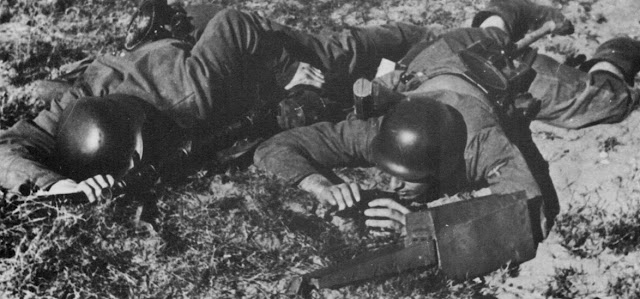 |
| Flemish volunteers to the SS, 6 March 1941. They have machine gun equipment. |
US/Japanese Relations: Some US companies still have licenses to export high-grade petroleum and rich crude stocks to Japan. Today, the US move to block the export of these 5 million barrels of oil.
Anglo/Romanian Relations: Churchill memos personal secretary Alexander Cadogan that King Carol II of Romania, who abdicated and fled the country under fire from the Iron Guard, should be "offered accommodation."
Anglo/Australian Relations: At the war cabinet meeting, visiting Australian Prime Minister Robert Menzies has sharp words. He complains about London making important decisions for the Dominions (such as committing Australian and New Zealand troops to Greece) without first properly consulting their governments. Churchill has been mounting a charm offensive with Menzies, but the Australian PM is not being swayed from his skepticism about such risky decisions.
Applied Science: Edward Teller, a native of Hungary, becomes a naturalized US citizen, following in the footsteps of Albert Einstein and other émigré scientists.
Yugoslav Military: The Royal Yugoslav Air Force (Serbo-Croatian: Vazduhoplovstvo Vojske Kraljevine Jugoslavije, VVKJ) is secretly mobilized. It remains completely unclear who it would be used against - the Germans or the British.
Japanese Military: Tatsuta Maru departs from Yokohama under Captain Toichi Takahata. The 16,975-ton liner is being used to scout out obscure routes for an attack on the Hawaiian Islands and engage in deception operations against the US Navy.
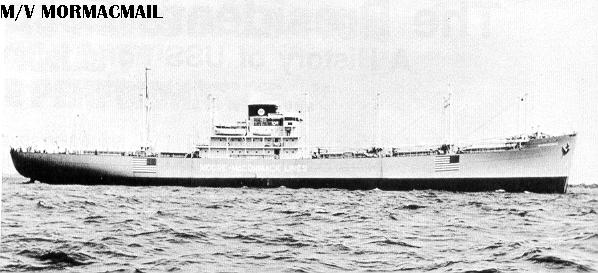 |
| Merchantman Mormacmail, prior to its conversion to escort carrier USS Long Island (AVG-1). It is taken to Newport News for conversion. |
British Government: Churchill has lunch with a small group of friends in the basement of No. 10 Downing Street. The editor of the Sunday Dispatch, Charles Eade, attends and writes a detailed account for his personal use. Churchill dwells on Operation Claymore, the successful commando raid on the Norwegian Lofoten Islands, noting that the whale oil factories were important to the German diet. Churchill also mentions a 4,000 lb bomb the Luftwaffe recently dropped on Herndon, killing 80 people and injuring 300 others. Among the other topics covered at the luncheon, downed Luftwaffe airmen being treated well by Englishwomen who come across them (a tendency later turned around in "Mrs. Miniver" (1942)) is downplayed by Mrs. Churchill, who says that "before this war is over, we should be hating our enemies all right."
Yugoslavian Government: Regent Prince Paul convenes the Crown Council to discuss joining the Tripartite Pact.
China: The Japanese launch an offensive with a heavy artillery bombardment at 05:30 in western Hubei (Hupeh). Then, they launch an attack from bridgeheads taken on the south bank of the Yangtze River. The offensive is intended to push the Chinese (Kuomintang) back toward Chungking, into the mountains. The Japanese troops of the 13th Infantry Division take Chang-Kang-Ling and Fan-Chia-Hu. This is known as the Western Hubei Operation.
 |
| Captain John W. Reeves, Jr. of the USS Wasp (CV-7), 6 March 1941. The Wasp is operating off Cape Hatteras, North Carolina (US Naval Institute). |
For the first time, women become signalmen on Britain's mainline railways. They have had two weeks of training and begin their duties on the South Yorkshire joint line.
German Homefront: A large number of Polish workers is being used within Greater Germany for farming. Their relationships with German women are becoming scandalous, at least in the minds of the Reich's leaders. New laws decreed today forbid these workers from any relationships whatsoever, and also forbid these "guest workers" from complaining or participating in civic life.
Dutch Homefront: The fallout from the February 1941 General Strike continues. The Germans are in complete control and are taking reprisals. Today, they execute Dutch Communist resistance fighter Leen Schijveschuurder.
American Homefront: John Gutzon Borglum passes away from complications following surgery in Chicago, Illinois, age 73, and is to be buried at Forest Lawn Memorial Park, Glendale. Borglum is a sculptor who has specialized in massive projects such as Stone Mountain, Georgia (though Borglum's work there was replaced after he quit the project). The Stone Mountain project honed his skills, leading him to take up a project by South Dakota state historian Doane Robinson to carve a figure the figures of two United States Presidents into Mount Rushmore. Eventually, the project expanded to four Presidents.
Borglum's son Lincoln takes over the Mount Rushmore project now, which is in an advanced state of completion. No further work of any note will be made on the tableaux due to the war and Borglum's passing. The original design now never will be completed, including the completion of President Jefferson's jacket.
Future History: Johannes Marinus van Zon is born in Utrecht, Netherlands. As Hans van Zon, he goes on a wild killing spree during the 1960s. Van Zon violently murders five people (three men and two women) and attacks others in the Netherlands before being arrested on 13 December 1967. Despite being sentenced to life, he is released from custody in 1986 and lives a free man until 11 May 1998.
 |
| The Johnson House, Salem, New Jersey, 6 March 1941 (Photographer George Neuschafer for the Historic American Buildings Survey, Library of Congress). |
March 1, 1941: Rettungsboje
March 2, 1941: Oath of Kufra
March 3, 1941: Germans in Bulgaria
March 4, 1941: Lofoten Islands Raid
March 5, 1941: Cooperation With Japan
March 6, 1941: Battle of Atlantic
March 7, 1941: Prien Goes Under
March 8, 1941: Cafe de Paris
March 9, 1941: Italian Spring Offensive
March 10, 1941: Humanitarian Aid
March 11, 1941: Lend Lease Become Law
March 12, 1941: A New Magna Carta
March 13, 1941: Clydeside Wrecked
March 14, 1941: Leeds Blitz
March 15, 1941: Cruisers Strike!
March 16, 1941: Kretschmer Attacks
March 17, 1941: Happy Time Ends
March 18, 1941: Woolton Pie
March 19, 1941: London Hit Hard
March 20, 1941: Romeo and Juliet
March 21, 1941: Plymouth Blitz
March 22, 1941: Grand Coulee Dam
March 23, 1941: Malta Under Siege
March 24, 1941: Afrika Korps Strikes!
March 25, 1941: Yugoslavia Joins The Party
March 26, 1941: Barchini Esplosivi
March 27, 1941: Belgrade Coup
March 28, 1941: Cape Matapan Battle
March 29, 1941: Lindbergh Rants
March 30, 1941: Commissar Order
March 31, 1941: Cookie Bombs
2020

